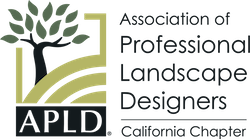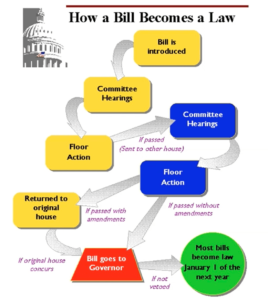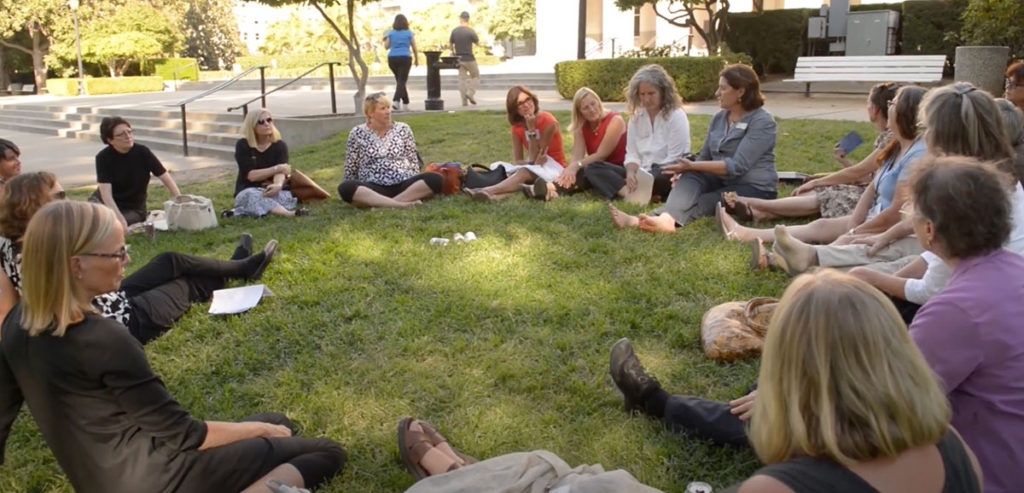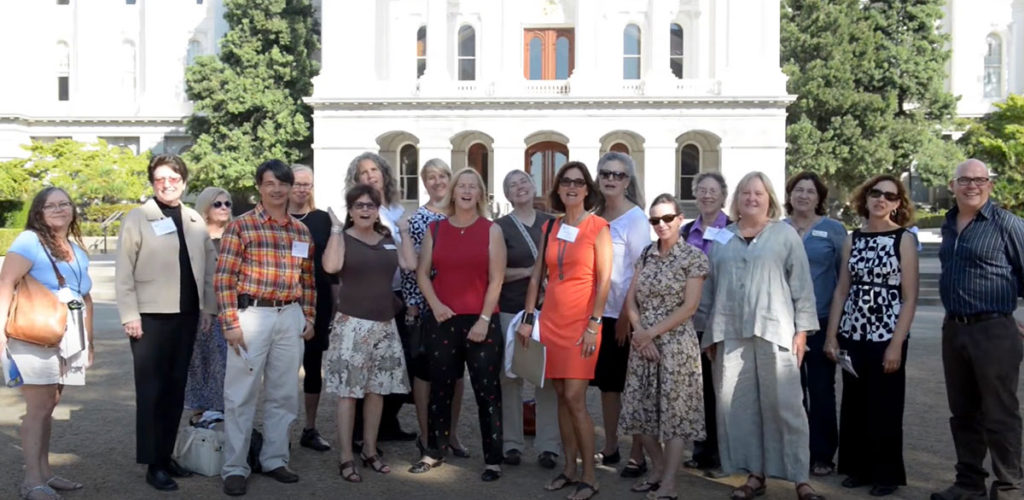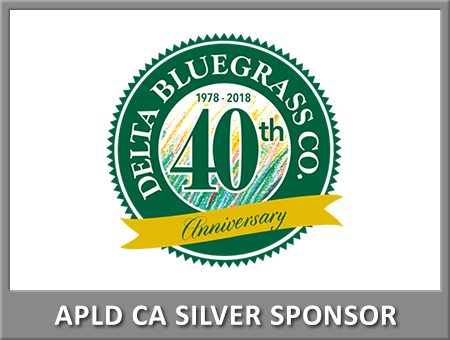![]()
Saving our planet, lifting people out of poverty, advancing economic growth…these are one and the same fight. We must connect the dots between climate change, water scarcity, energy shortages, global health, food security and women’s empowerment. Solutions to one problem must be solutions for all.
— Ban Ki-moon
🌱
Resources for Professional Landscape Design Practitioners
APLD members passionately advocate for the profession of landscape design and landscape designers as qualified practitioners. Landscape designers are trained, educated, and experienced in the field of design, creating beautiful, functional, and biodiverse watershed-wise and fire-resilient landscapes.
The practice of landscape design is regulated by state and local laws and ordinances. Every state, city, and town may have different interpretations of what it means to practice as a professional landscape designer.
Here are several resources to learn more about some of California’s regulations and ordinances:
- California Business and Professions Code
California Business and Professions Law, Chapter 3.5—Landscape Architecture - Permitted Practices in California
This document has been prepared by the Landscape Architects Technical Committee (LATC), the licensing and regulatory agency for the practice of landscape architecture in California. - Model Water Efficient Landscape Ordinance
Large water savings can be gained by efficient landscape design, installation, management, and maintenance.
🌱
Preparing to Be Advocates
How do we prepare for A Day on the Hill and learn how to advocate for our right to practice and the “Watershed Approach”? Begin by watching the video below.
We work with advocacy consultants, such as Environmental & Engineering Consulting (EEC), to teach us how to become effective advocates and understand the legislative process. During trainings, we’ve learned how to:
-
- Find out who our Senator and Assembly members are and what’s important to them.
- Know the key Capitol and District staff for your representatives.
- Help them to understand why our priorities are important to their districts.
- Demonstrate how we can be a resource to them.
- Be comfortable with virtual technologies! Get cell numbers.
- Be comfortable calling your representatives directly.
- Develop your elevator pitch — What is APLD-CA? What is important to APLD-CA?
- Practice. Role-play. Be genuine.
Keeping Our Eyes and Ears Open
EEC has worked with us to become more familiar with our legislative process, foster alliances, and to create visibility of APLD as a leader in protecting and improving the environment. They identified strategies for us to raise awareness that APLD members are qualified and competent professionals.
During 2021, EEC provided guidance to the Legislation Working Group, sending us periodic updates, in the form of a matrix, that tracked the progress of bills that aligned with our priorities and those of interest to us as they pass through different houses and committees.
We could lend our support to these bills via comment letters and testimonies. Always, we are on the lookout for any bills that might affect our right to practice…eyes open and ears to the ground!
Advocacy at APLD National
At apld.org/advocacy, members can go to the Member Login to access resources such as A Day on the Hill Guidebook to learn about the legislative process, grassroots action, and conducting a “Day on the Hill” event. This document and its supporting information are intended to assist groups of designers in advocating for the Landscape Design profession and our rights to practice.
🌱
Watch this short video to get an historical perspective on why APLD CA links Advocacy and Sustainability, as explained by past president Francesca Corra, CPLD.
APLD California Chapter Members in Action
In the video below, APLD CA leaders go to the state capitol to meet legislators, the culmination of a 2-day legislative conference for chapter and district leaders.
California Chapter members have participated in Day on the Hill visits to the Capitol since 2014, meeting with California legislators and their staff. Members advocate for the watershed approach to California landscape design throughout the state. Chapter leadership actively builds relationships with state and local legislators, agencies, and affiliated organizations to influence the widespread use of the watershed approach.
- APLD CA Advocates gather to share experiences after meeting with Legislators and their Staff.
- The culmination of a great Day on the Hill!
- Members from throughout the California Chapter participating in this legislation conference.
See also…
